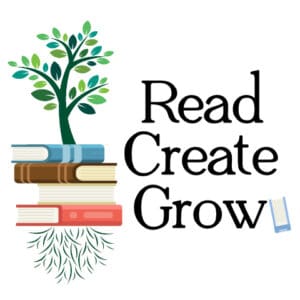Print is all around us. Most of the time, adults have become immune to print and signs because we see so much text all the time that our brains filter it out as part of the environment. But to your child, print is new and exciting! You can use your environment to your advantage when teaching your child about letters and helping them develop letter recognition and other early literacy skills.
Environmental print is the text seen all around the spaces we live such as logos, labels, street signs and billboards. Your child’s ability to recognize the letters or symbols and associate those with meaning, such as a restaurant or an object is a pre-literacy skill that is foundational for reading, letter recognition and writing.
Living in a print-rich environment means there are many opportunities to use this to your advantage with your child. by playing games while driving, shopping or running errands you can build your child’s literacy skills without your child even realizing you are teaching them. If you would like to learn what the early literacy skills are, we go into depth about them in this post, which you may find helpful.
*This post may contain Amazon or other affiliate links. As an Amazon Associate I earn from qualifying purchases.
What is “Environmental Print”?
Environmental print is the functional text a child sees in everyday life like fast food logos, food labels and street signs (source). Recognizing signs and symbols is a form of “pre-reading” and means your child is beginning to understand that the squiggles we call print have actual meaning in the real world.
Environmental Print is the print of every day life.
Reading Rockets
How to find environmental print
Think about all the signs you see in a day. The McDonald’s logo is a large letter ‘M’, talk about this with your child and point the ’emm’ sound the letter makes, and ask them what other words they know have this sound. Try it with other signs and logos. You can even use your favorite restaurants, foods or products around the house. Building your child’s awareness of the world around them improves their general knowledge, an important school and life skill you can read more about in this post here.
A surprising place to practice this is at the grocery store. Talk about a place rich in print, even the produce has signs! Choose a letter before you go in and practice finding that letter all over the store. You can start with the beginning of the alphabet and work your way through in one trip, use one trip to cover just one letter or work through the letters in your child’s name. The options are endless and will keep your child entertained while you shop together.
Any place you spend time with your child can be used for learning. An initiative in New York has seen hundreds of laundromats develop learning spaces for kids to use that feature print, books and educational games for kids to use (source). There are so many things to learn in a laundromat that are just automatic for adults. Count the washers and dryers, how many quarters go in, how many quarters make a dollar, what colors do you see? On and on!
Apply this letter sleuthing at home as well. Look through pantries and cabinets to find things with certain letters. Or talk about the letters on cereal boxes in the mornings. What letters are there? What sounds do they make? What other words can they think of that have those sounds? These activities build connections between what print looks like and real things, building the concept of meaning and forming the basis for reading skills.
Is environmental print part of Common Core Standards?
Environmental print as a pre-literacy skill is a building block for the Common Core Foundational Language Skills for kindergarteners (source). The Common Core standards for kindergartener foundational reading skills state that a child should be able to recognize and name letters (both upper and lower case) as well as distinguish between consonant and vowel sounds. These are skills that can easily be practiced and developed using environmental print.
Common Core writing standards for kindergarteners states they should be able to write many upper and lower case letters (source). This can also be practiced using environmental print. Letters show up in all forms on books, toys, blocks, pantry items and household goods. Help your child practice writing these by finding letters in their name to start with, since this is usually more interesting for them than a random alphabet letter. It does not have to be perfect, or even correct. Just let them try writing by tracing or having them match what they see until they can do it from memory.
Tools to use for developing letter knowledge
The beauty of using environmental print is that it is totally free. It is all around you and likely all over your house as well. However, if you did want some additional tools to help teach your child, this is what we would recommend.
Best Magnets: EduKids Magnetic Letters
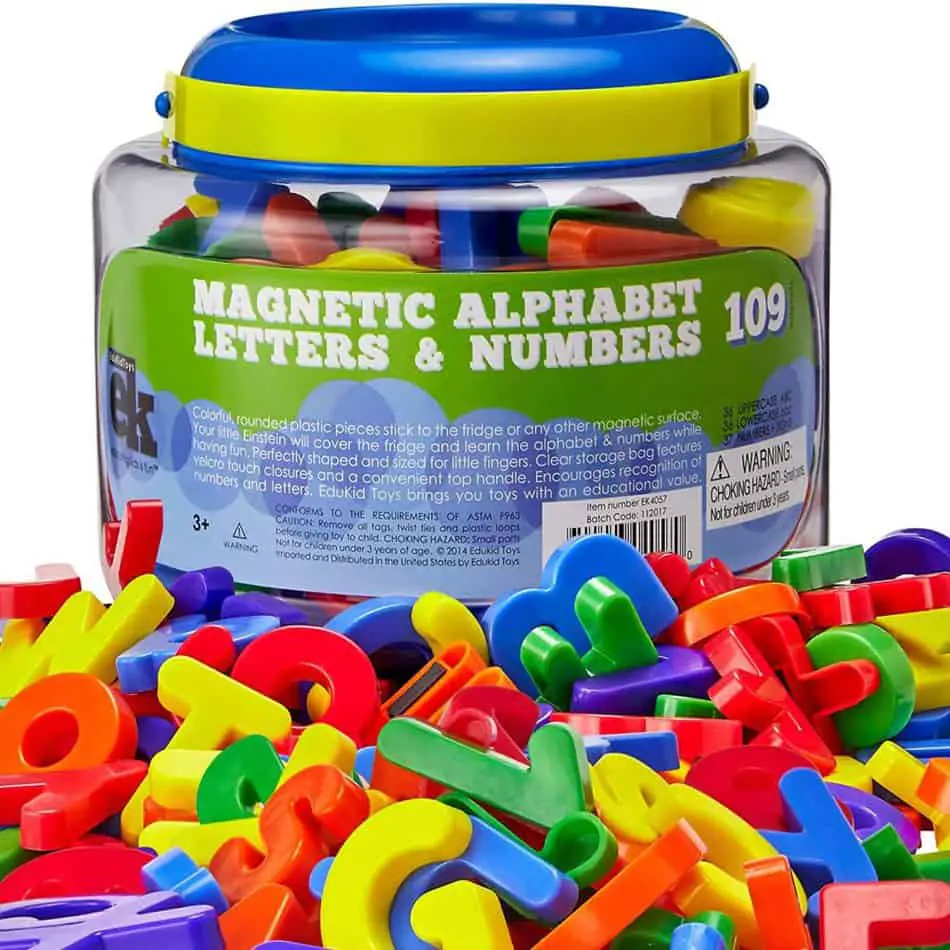
Magnetic alphabet magnets are a great way to practice letters. We like these because they come in upper and lower case as well as a set of numbers. They are large enough for small hands and are a sans-serif style which is cleaner and easier to read.
If you do not have a magnetic fridge, try using cookie sheets or white boards. Choose one letter and find things around the house that start with that letter, or try a matching game lining up one letter with text found around the house.
Best Bathtime Learning: Melissa and Doug Tub Stickables

If magnetic letters don’t work for you, non-adhesive tub letters are a great option. These are by Melissa and Doug, a reputable educational toy company.
They are non-toxic foam letters that stick to the side of the tub or tile when wet. They can be stored in the mesh bag they come in which also sticks to the tub via suction cup.
Make bathtime educational with some alphabet fun!
Best Tracing Workbook: Kumon Letter Tracing
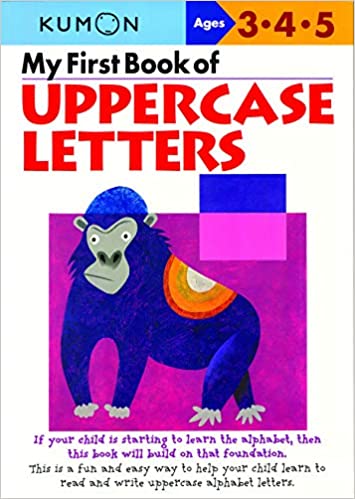
Kumon is a well known and widely respected educational program. They produce workbooks in a variety of themes including tracing for upper and lower case letters and numbers, mazes, math problems and more.
Your child can work directly from the book, or you can photo copy the pages to give them more worksheets to practice on.
Best Pad of Paper: Lined Practice Paper
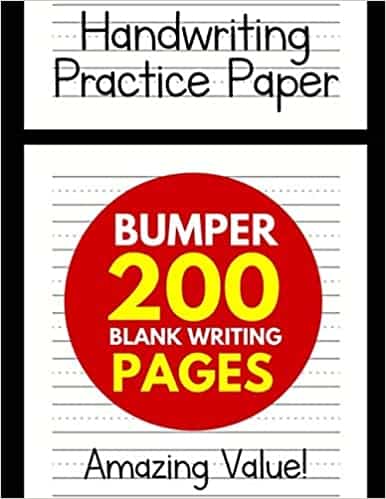
Sometimes you just need plain lined paper. This is a simple pad of wide lined paper for kids to practice their writing, or pre-writing, skills.
It features wide set lines with a dashed line down the middle to help them with keeping letters even and to scale with each other. It’s not fancy but it works great.
Best Writing Tools for 3-4 year olds: Crayola Crayons
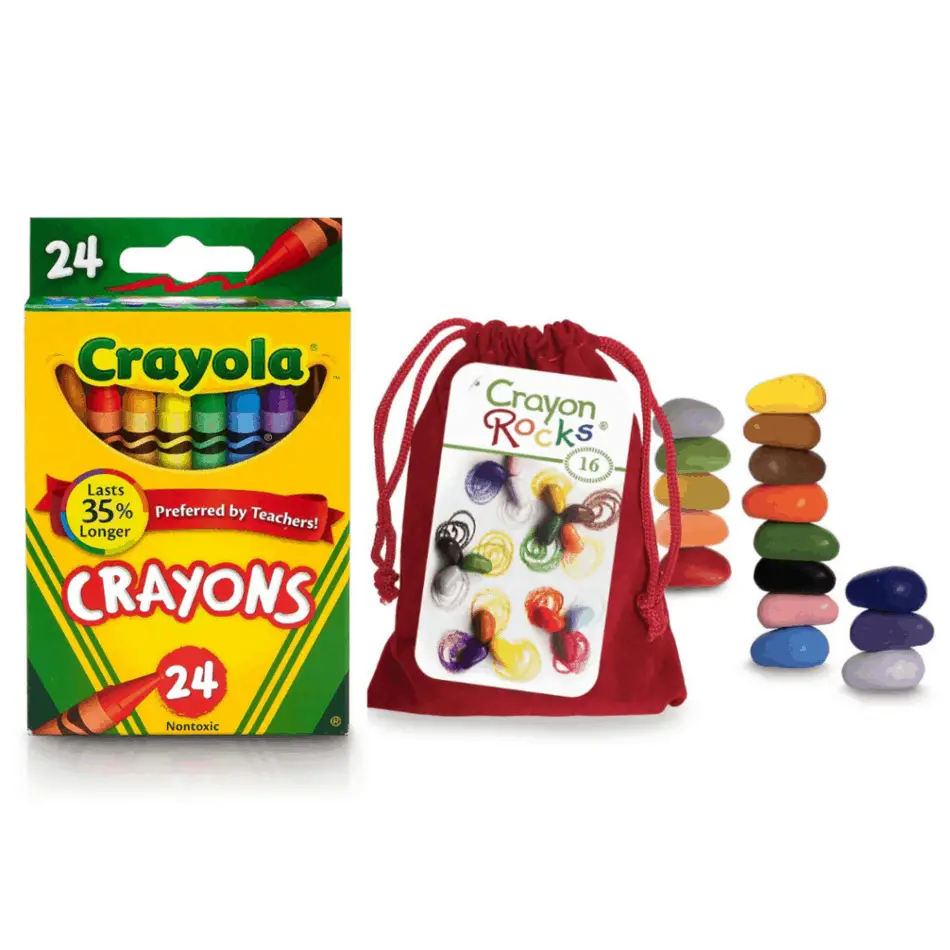
This might come as a surprise, but one of the best tools a 3-4 year old can use to practice writing and pre-writing is actually just a regular crayon.
More specifically, a broken crayon. A full length crayon or the fat crayons used by toddlers encourage a “fisted” grasp, where you child wraps their whole hand around the crayon, rather than a pincer grasp which requires more finger strength and fine motor skill development.
Another option though, if you just can’t bring yourself to snap all those fresh crayons, are Crayon Rocks. The shape of these naturally encourage your child to use a pincer grasp without having to battle with them over changing their hand position.
Best Writing Tools for 4 to 5 Year Olds: Crayola Triangular Crayons
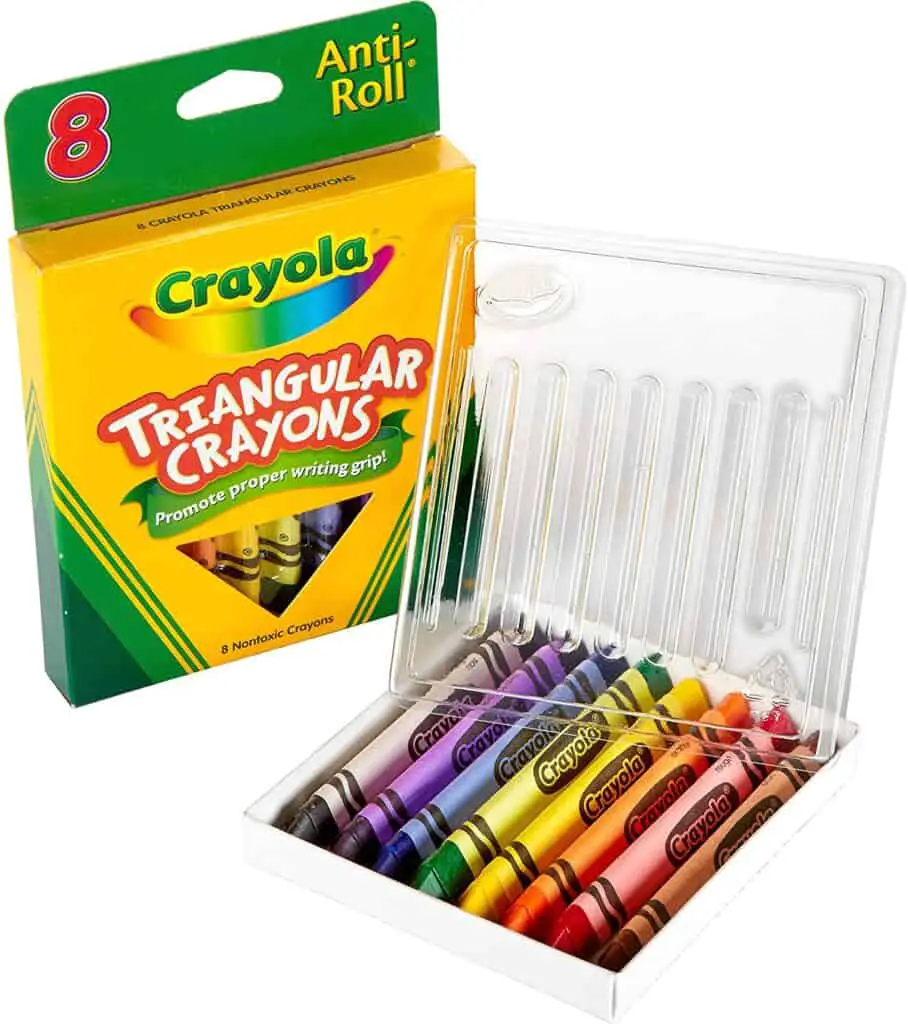
For slightly older children with a little more fine motor skills and writing know-how triangular crayons are the best option.
Not only do these not roll off the table and into oblivion, the triangular shape naturally encourages and reinforces the pincer grasp.
The pincer grasp is both a milestone and beneficial for your child’s continued fine motor skill development. It allows them to use their fingers when they write, rather than restricting them to elbow and shoulder movements like a fist-grasp would.
*This is, of course, a general guide and is not meant to diagnose. If you have concerns about your child’s behavior or development please be sure to speak with a medical professional, your child’s physician or teacher.
